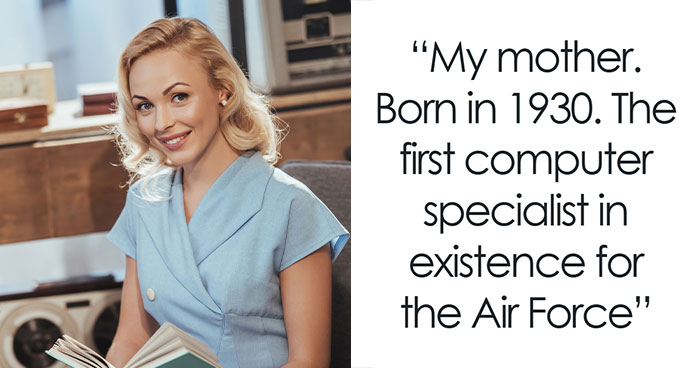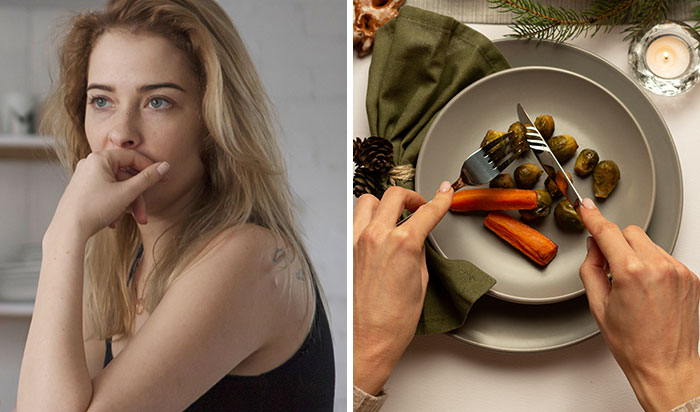
I’m A Chocolate Maker, And Here’s How The Chocolate is Made From Bean To Bar
Hi, I’m Dom and I’m a chocolate maker in London. Here’s a breakdown of how craft chocolate is made from tree to bar.
Nearly all the chocolate in the world is manufactured in huge industrial factories by 4 or 5 large companies, but there is a growing movement of ‘craft chocolate’, where passionate chocolate lovers produce chocolate from ‘bean to bar’ from scratch. This is what we do, and this is how we do it!
More info: damsonchocolate.com | Facebook
This delicate flower is the start of every chocolate you’ve ever eaten
It grows directly from the trunk and large branches of the cocoa tree (Theobroma Cacao), and develops into brightly coloured cocoa pods. This picture was taken in Hawaii, the only place in the US where cocoa can be grown.
Here you can see the cocoa pods growing directly from large branches of the tree. Photo taken in Grenada
This photo, taken in Hawaii shows the amazing colours cocoa pods come in
The colour differences are down to variety and minor genetic differences in the cocoa.
Every colour of the rainbow!
Inside each pod is a white pulp that surrounds 25-40 cocoa beans
Cocoa beans surrounded by their sweet white pulp
A look inside a cocoa bean
Different varieties are different colours. Most have a purple colour like this, while some finer flavour beans are almost white.
After harvesting, the pods are cut open and the beans and their pulp removed
These are transferred to some kind of container – usually a large wooden crate, and covered in banana leaves. They are then left to ferment for 5-7 days. This fermentation process is crucial to the flavour development of chocolate.
It’s the sweet pulp that ferments and as it does so, it turns to liquid and drains away, leaving the beans brown in colour.
During the process, beans can exceed temperatures of over 50C (120F), so if you’ve ever eaten a product labelled as ‘raw chocolate’, it’s almost certainly not raw.
After fermentation, the beans are laid out in the sun to dry for 7-10 days
Beans are turned regularly to make sure they dry evenly
In some parts of the world (such as here in Grenada), the beans are turned by walking through them shuffling the feet in a process known as tramping the beans. Alternatively, if you don’t want foot-turned beans a tool called a rabot can be used!
After drying, the beans are packed into burlap sacks to be transported to chocolate makers around the world
People like me! This is how we receive the beans. As you can see, a lot has already gone into production before we get our hands on the beans, so we try to have a direct contact with the farmers and co-operatives, both so we can ensure they get a fair price (we pay around five times the Fair Trade price), and can also give feedback on quality.
Most of the industrially made confectionery around the world is still largely untraceable thanks to being traded through many middlemen, which is a real problem in the industry. Something we are trying to change.
When we get the beans, the first thing we do is sort them. Every one. By hand
We’re looking for broken beans, twigs, stones and any other debris that may be left over from the fermentation and drying processes. We only want the best beans for our chocolate.
This is our little roaster!
Yes, it’s a converted oven. The beans sit in the drum which rotates while we roast the beans for around 20 minutes. There isn’t a whole lot of professional equipment available for small scale chocolate makers, so we have to improvise!
After roasting, the beans pass through this contraption – our breaker and winnower
The top part is a juicer which we use to break the cocoa beans. Underneath, the winnower is attached to a vacuum which pulls away the lighter, papery shells that cover each bean. We put roasted cocoa beans in the top and we get cocoa nibs in the bucket!
More freshly winnowed cocoa nibs, ready for grinding!
We slowly add the nibs to our Cocoatown melanger which consists of large granite wheels (weighing 50kg) rotating on a granite base
As the drum turns, the nibs get crushed. Friction from the process generates heat which melts the cocoa butter in the nibs. About 50% of the weight of a cocoa bean is cocoa butter which melts at around body temperature.
At this stage we add cane sugar (30% by weight for a 70% dark chocolate), and any milk powder (milk chocolates) and flavourings we want.
After two days…
The chocolate stays in the melanger for 3 days. All the time the particle size is being reduced, making the chocolate smoother and smoother. But it also develops flavour in a process called conching. The constant movement and heat drive off any bitterness and develop the natural flavour notes in the chocolate. Every origin has a unique and distinctive flavour.
Here’s a small batch of milk chocolate in one of our table top grinders. These work in exactly the same way, just on a smaller scale
And another small test batch in production
After 3 days, it’s time to pour the chocolate out!
The whole machine tips up and we transfer it into large plastic tubs, then let it set. We age the chocolate for several weeks, which helps to develop the flavour further.
Waves of chocolate!
Tempering the chocolate to give it a smooth, glossy finish
Chocolate exists in several different crystal forms and tempering makes sure we just get the right form for a nice shiny bar. This is done by raising and lowering the temperature very precisely. Luckily we have a machine that does that and beeps at us when it’s time to mould the bars.
We ladle the chocolate into polycarbonate moulds, vibrate them to remove any air bubbles, then let them set in the fridge for a couple of hours. If properly tempered, the bars will easily release from the moulds when set.
Finished bars!
This is our main product. We don’t make truffles or filled chocolates, we just concentrate on producing the chocolate itself
We do, however, sell to chefs, hotels and restaurants so their chocolatiers can use our chocolate to produce their confections.
A packaged bar
We like to use these resealable pouches for packaging as you don’t tend to eat a whole bar in one go. This way you can break a piece off and put it back in your bag without making a mess.
Panorama of our workshop. It’s small but has everything we need!
The front of my shop & workshop in Islington, North London. You are welcome to visit and try some, of course!
108Kviews
Share on Facebook
 Dark Mode
Dark Mode 

 No fees, cancel anytime
No fees, cancel anytime 












































































697
101